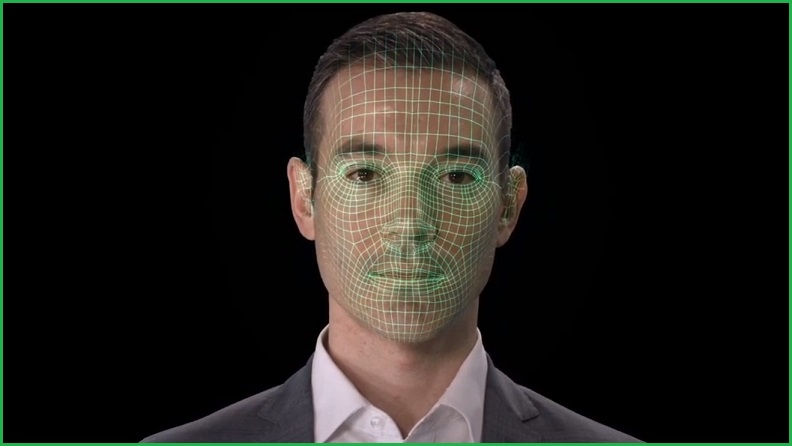The COVID-19 pandemic may have pushed international visitor arrival numbers off a cliff in recent months, but those who do come to Australia will be processed by an overhauled traveller identification system whose integrators call it a “quantum leap forward” compared with the 12-year-old system it replaces.
The Department of Home Affairs’ new Enterprise Biometric Identification System (EBIS) combines Stealth (identity) – a ‘multi-factor identity management and authentication solution’ from incumbent Unisys – with facial and fingerprint technology from biometrics firm IDEMIA, which secured the contract with Unisys in early 2018.
That technology came out on top in a March National Institutes of Standards and Technology (NIST) shootout for iris recognition – used to process travellers at airports such as Singapore and Abu Dhabi – and its fingerprint and face recognition have performed equally strongly in other evaluations conducted by NIST’s Biometric Evaluations group.
The new system is “a quantum leap forward in terms of its scale, size, and accuracy,” Unisys Asia-Pacific VP and general manager Rick Mayhew told Information Age.
“The old system was definitely ageing and legacy in nature and scale,” he added, “and its speed, scale and accuracy needed to be improved.”
With a processing capability of 100,000 transactions per day – around 4,200 passengers per hour – the system cross-checks incoming travellers against photos and other biometrics provided by incoming travellers.
The deployment marks the latest stage in a long-running saga around the SmartGates, which were first deployed in 2007 to speed processing of travellers with chip-enabled passports.
As part of the Department of Immigration and Border Protection (DIBP) ‘seamless traveller’ initiative and automation push, SmartGates were earmarked for upgrades through a 2017 contract that would have replaced them with ‘Automated Border Control’ facial recognition kiosks.
The rollout was paused last year and new SmartGates were unused months after deployment, despite early trials that had shown 94 per cent accuracy in a test of 2200 travellers at Canberra Airport.
Don’t let the bad guys through
International visitor arrivals setting record lows thanks to the disruption of COVID-19, with official figures noting a 60 per cent year-on-year drop in March and a 98.7 per cent decrease for April.
These low volumes – authorities estimate there were just 21,600 trips in April – down from just over 1 million arrivals to Australia at the beginning of the year – will give EBIS integrators latitude to iron out the wrinkles with a workload just a fraction of usual volumes.
By delivering Home Affairs’ long-awaited biometrics upgrade at last, Mayhew said the system is poised “to provide the accuracy to monitor fraudulent activity and make sure the bad guys aren’t getting through”.
Yet he declined to elaborate on how the system would be told which travellers were potentially ‘bad guys’, saying only that “at this point in time the system is not connected to the work being done, separately, related to identities for Australian citizens”.
Australian government agencies have been working hard to improve tools for identifying citizens, with the Australian Taxation Office already holding voiceprints of 1 in 7 Australians and a Home Affairs-backed effort scraping state databases to load millions of driver’s license photos into the centralised National Facial Biometric Matching Capability (NFBMC).
The NFBMC suffered a major setback last October, when a Parliamentary Joint Committee on Intelligence and Security (PJCIS) review rejected its enabling legislation based on concerns that its “profound” privacy implications “do not appear to have even been considered”.
IDEMIA technology also collects biometric data from criminal suspects using LiveScan biometric data-capture kiosks at police stations across New South Wales and Victoria, and recently signed a six-year extension of its NSW contract that suggests the technique has proven invaluable to law-enforcement agencies.
With the Unisys platform capable of accommodating other types of biometrics data, a string of recent biometrics implementations suggest that expanding the system to integrate other biometric databases would be technically straightforward.
Yet Mayhew wouldn’t be drawn on current or future plans to integrate other biometrics data into traveller screening, saying only that the data sources used to flag potential persons of interest “are a matter for the government”.
Adoption of biometric identification systems is expected to grow strongly in coming years, with recent ResearchAndMarket figures forecasting 18 per cent annual revenue growth through 2027 and Gartner forecasting surging use of smartphone-based biometric authentication in Australian workplaces.
IDEMIA’s biometrics technology is also being tested in applications including as a replacement for event tickets, for identification of drivers in connected vehicles, as an enabler for digital driver’s licenses, and for managing access to apartment buildings.










